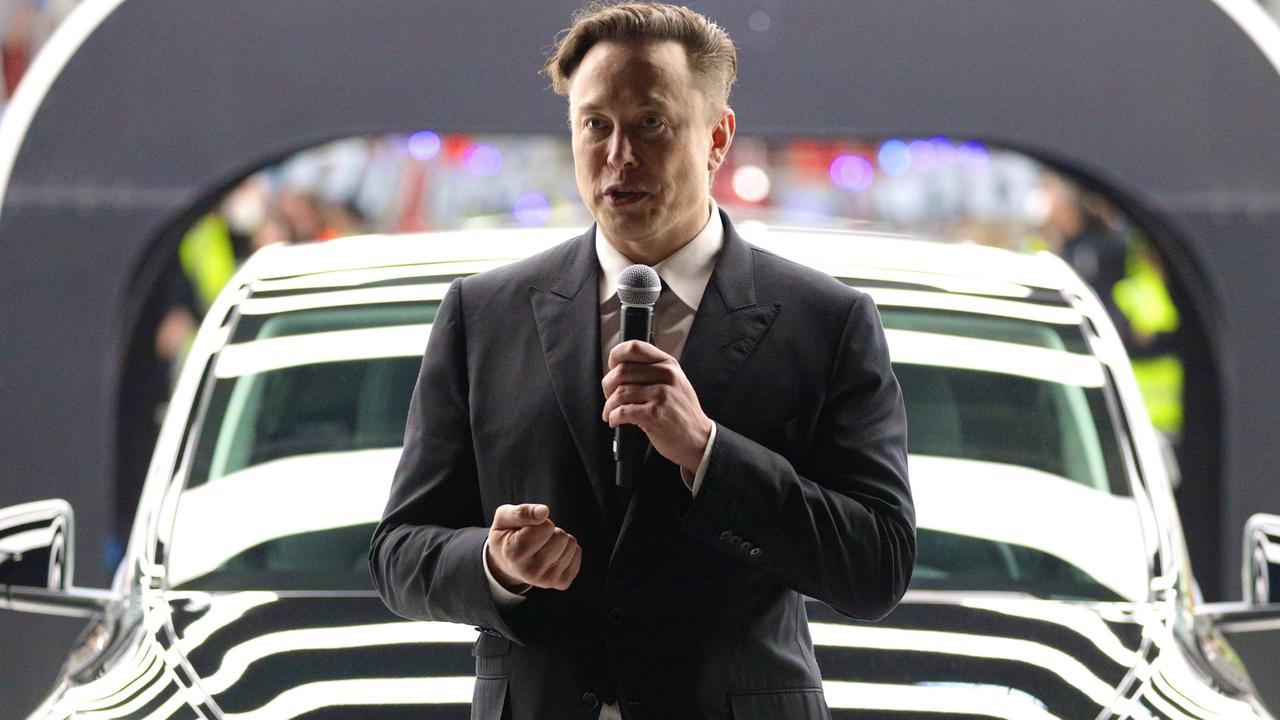NBN offers up to gigabit speeds but many miss out
NBN Co will radically increase consumer download speeds but many Australians will miss out.

NBN Co will radically increase consumer download speeds due to more Australians working at home. Some users will have access to a theoretical speed of close to 1000 Megabits per second (one Gigabit) on the “Home Ultrafast” tier, one of three new speed tiers being rolled out from today.
But only those with fibre-to-the-home and seven per cent of HFC (Hybrid Fibre Coaxial) users will access anything like Gigabit speeds with copper connections used with fibre-to-the-node and fibre-to-the curb limited to 100Mbps, the current top-of-range speed for consumers.
The ability of the NBN Co to deliver speeds above 100Mbps but only to some sections of the network brings into play the limitations of moving from the original fibre-to-the home model to mixed options that use old copper wiring.
There’s multiple reasons for NBN’s decision to roll out faster speeds. First there’s been an NBN wholesale review of the changing dynamics of the internet market which shows Australians are connecting many more devices to their home networks.
The other reason is the shift to working at home due to the pandemic and projections of many continuing to work from home after it.
Before COVID-19, Australians typically enjoyed high capacity internet in offices, but more modest internet coverage at home. The lockdown has blurred the lines between the two, with faster provisioning needed in home internet services.
The Morrison Government has welcomed the new plans. Communications minister Paul Fletcher said the launch demonstrated the network’s upgrade potential.
“These higher speed plans have been developed in consultation with RSPs (retail service providers) and provide competitive price points for RSPs to market services to customers,” Mr Fletcher said.
“They are intended to support households with heavy data download demands, including gamers, large families and homes that have five or more people who often use home broadband simultaneously.”
NBN Co chief customer officer – residential Brad Whitcomb said self-isolation had seen many Australians scrutinise their NBN plan. “The more people and the more devices connected within the home, the more utility and benefit customers are able to derive from higher speed plans over the NBN network,” he said.
NBN is offering three new speed tiers to consumers via retailers. Home Ultrafast offers 500 to 1000Mbps download and 50MBps upload speeds, Home Superfast has a peak wholesale download/upload speed of up to 250Mbps and 25Mbps, again just to fibre and HFC users for now.
The two Home Fast schemes offer 100Mbps download and up to 20Mbps upload speeds to fibre, HFC, FTTB, FTTC and FTTC customers.
NBN Co has also released its wholesale pricing to retailers.
Mr Fletcher said that while Home Superfast and Home Ultrafast products will be initially available only to FTTP and portions of HFC users, NBN was progressively upgrading parts of the network so that more Australians could access the higher speed tiers.
Labor said the announcement was a vindication of its original fibre plan, and raised troubling questions.
“Why is the Morrison Government now prioritising 1,000 megabit speeds on HFC, when some Australians can’t even achieve 25 megabits per second speeds over copper?” said shadow communications minister Michelle Rowland. “And why is funding from the regional fixed wireless network being cut, in order to funnel more money into Telstra’s ageing HFC network?
“This government doesn’t have a clue what they are doing. They are leaving regional Australians behind and deepening the gap in digital capability.”
Mr Whitcomb said NBN Co would conduct new trials of G.fast protocols that could improve the performance of copper.
There are reports of G.fast handling speeds to 1 Gigabit per second, but Mr Whitcomb said upgrading a user’s internet speed and bandwidth would depend on the length, vintage and quality of the copper wiring, and a user’s internet wiring at home.
“Theoretically XG-Fast can go to 10 Gig (Gigabits per second) or something like that but in the real world application, we would expect to be able to support our super fast (tier) pending these trials but we’re not near a commercial launch of that at this stage but we are exploring G.fast as an option there.”
Mr Whitcomb said NBN also would “over provision” bandwidth so that customers received closer to the speed they believed they were paying for. For example, a retailer providing 50Mbps internet might add their own overheads, so customers get only, say, 42Mbps. NBN Co will seek to make up that difference. “We’re now going to over provision that 50 by about 10 or 15 per cent,” Mr Whitcomb said.
Research by NBN Co revealed a trend of customers upgrading plans. Some 23 per cent of those surveyed had upgraded to faster internet within the last 12 months, and a further 24 per cent said they planned to upgrade to higher speed home internet within 12 months. Together that’s almost half of NBN’s consumer customers.
The survey found that about 80 per cent of new customers were choosing 50 or 100Mbps rather than entry level speeds.
Mr Whitcomb said NBN Co had seen significant upgrades where people and families of multiple members worked from home, learned from home and entertained themselves all at the same time.






